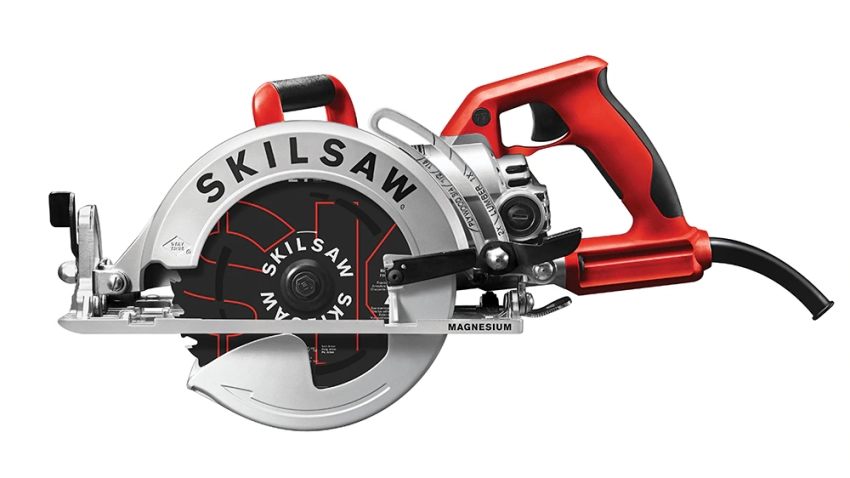
Skill Saw vs Circular Saw: Demystifying the Distinction
In the realm of carpentry and DIY projects, the terms “skill saw” and “circular saw” often get tossed around interchangeably. This can be confusing, especially for beginners venturing into the world of power tools. So, what’s the real difference between a skill saw and a circular saw?
Circular Saw: The Versatile Workhorse
A circular saw, in essence, is a handheld power tool equipped with a circular blade that rotates at high speeds. This blade slices through various materials, primarily wood, but also plywood, sheet metal, and even plastic with specific blade attachments. Circular saws are renowned for their versatility, making them a staple in any toolbox.
-
Applications: Circular saws excel at making straight cuts in lumber, plywood, and other sheet materials. They’re adept at ripping long boards with the grain and crosscutting boards perpendicular to the grain. Additionally, circular saws can perform plunge cuts, starting a cut in the middle of a material, for tasks like creating countertops or installing sinks.
-
Features: Circular saws come in a variety of sizes, with blade diameters typically ranging from 5-1/4 inches to 7-1/4 inches. Larger blades offer greater cutting depth, ideal for thicker materials. They can be corded, providing continuous power, or cordless, offering portability and convenience. Modern circular saws often boast features like laser guides for enhanced cutting precision, adjustable bevel settings for angled cuts, and electric brakes for improved safety.

Skill Saw: A Brand, Not a Separate Tool Category
Here’s where the confusion arises. “Skil Saw” is actually a brand name, specifically a trademark held by Skil Corporation. They’ve been manufacturing high-quality circular saws since 1924, and their name has become synonymous with the tool itself. So, in layman’s terms, many people simply refer to any circular saw as a “Skil Saw.”
However, it’s important to understand that Skil Saw is just one brand among many that produces circular saws. Other reputable manufacturers include Dewalt, Makita, Bosch, and Black+Decker, each offering a diverse range of circular saw models with varying specifications and features.

Choosing Between Them: Factors to Consider
Now that you grasp the distinction, how do you decide which saw suits your needs? Here are some key factors to ponder:
-
Project Requirements: Consider the type of cuts you’ll be making most frequently. If you primarily need to make straight cuts in lumber for framing or basic carpentry, a standard circular saw will likely suffice. For plunge cuts or intricate joinery work, a higher-end model with increased cutting depth and bevel capabilities might be necessary.
-
Power Source: Corded circular saws offer uninterrupted power, ideal for extended use or heavy-duty projects. Cordless models provide freedom of movement but require keeping batteries charged.
-
Budget: Circular saws range in price from budget-friendly models for occasional DIYers to professional-grade saws for contractors. Determine your budget and prioritize features that align with your project needs.
-
Brand Preference: While Skil has a long-standing reputation, explore offerings from other reputable brands. Research features, user reviews, and warranty terms to find the best fit.

Beyond the Basics: Specialized Circular Saw Types
The world of circular saws extends beyond the standard models. Here are a couple of specialized options for specific needs:
-
Worm Drive Saws: These robust saws boast a gear-reduction system that delivers high torque for powering through tough materials like hardwoods. However, they tend to be heavier than standard saws.
-
Mini Circular Saws: Highly portable and lightweight, mini circular saws are ideal for intricate cuts or tight spaces. While not as powerful as their full-size counterparts, they offer excellent maneuverability for detailed woodworking tasks.
Safety First: Essential Tips for Using Circular Saws
Regardless of the type of circular saw you choose, safety is paramount. Here are some essential tips to remember:
- Always wear safety glasses and ear protection.
- Use a sharp blade appropriate for the material you’re cutting.
- Secure the workpiece firmly to a workbench or use clamps.
- Maintain a firm grip on the saw with both hands.
- Keep your body out of line with the blade.
- Double-check your cutting line before activating the saw.
- Unplug the saw (or remove the battery) when not in use.

Evaluation of safety features and considerations for both tools
While both Skil Saws (a brand) and circular saws (a tool category) offer similar functionality, safety features can vary depending on the specific model. Here’s a breakdown of key considerations:
Standard Safety Features (present in most Skil Saws and circular saws):
- Lower Blade Guard: This essential guard covers the exposed portion of the blade, retracting only when cutting. It prevents accidental contact with the spinning blade.
- Upper Blade Guard: This fixed guard provides additional protection for the user’s hands.
- Electric Brake: This quickly stops the blade rotation after the trigger is released, minimizing coasting and reducing the risk of injury.
- Safety Switch: This trigger requires a deliberate squeeze to activate the saw, preventing accidental starts.
Additional Features (may not be present on all models):
- Anti-Kickback Mechanism: This feature automatically stops the blade if the saw binds or kicks back during a cut, a common cause of injuries.
- Laser Guide: This projected line helps with precise cutting alignment.
- Line Lock-Out: This feature prevents accidental activation of the trigger while the lower guard is retracted.
General Safety Considerations:
- Personal Protective Equipment (PPE): Always wear safety glasses, ear protection, and dust masks when operating either a Skil Saw or a circular saw.
- Blade Selection: Use the appropriate blade for the material you’re cutting. Dull blades are more prone to binding and kickback.
- Work Area Preparation: Ensure your workspace is clear, well-lit, and free of tripping hazards. Secure the workpiece firmly to a stable surface.
- Body Position: Maintain a proper stance, keeping your body out of line with the blade.
- Power Source: For corded saws, ensure the cord is positioned away from the cutting path to prevent accidental cuts. Keep cordless batteries charged and in good condition.
- Maintenance: Regularly inspect the saw for damage, loose components, and proper guard function. Keep the blade sharp and replace it when worn or damaged.
Brand-Specific Considerations:
While Skil Saws are known for their durability, some professionals might point out that other brands offer a wider variety of safety features. Research specific models to identify features that prioritize user safety.
Regardless of brand, prioritize safety when using either a Skil Saw or a circular saw. By understanding the standard and additional safety features, using proper PPE, and following safe operating practices, you can minimize the risk of injury while maximizing the benefits these versatile power tools offer.
Input from professionals or experts on the differences between skill saw and circular saw
While there isn’t a huge difference between a Skil Saw and a circular saw in terms of functionality, professional carpenters and tool experts would highlight these key points:
-
Brand Recognition: Professionals would emphasize that Skil Saw is a leading brand in circular saws, known for their durability and power. However, other brands like Dewalt, Makita, and Bosch offer equally competent circular saws.
-
Specialization vs. Versatility: An expert might point out that some Skil Saw models cater to specific needs, like worm drive saws for heavy-duty cutting. In contrast, most other brands offer a wider variety of circular saw options, including budget-friendly homeowner models and feature-rich contractor saws.
-
Focus on Features: A professional would likely advise prioritizing features over brand names. They might suggest looking for features like laser guides, bevel capabilities, and dust collection ports, regardless of whether the saw is a Skil Saw or another brand.
-
User Experience: An expert might recommend considering factors like weight, balance, and ease of blade changes, which can vary between brands and models. Reading reviews from professional woodworkers can provide valuable insights into user experience with different circular saws.
In essence, professionals would reiterate that while Skil Saw is a reputable brand within the circular saw category, the core functionality remains the same. Choosing the right tool involves understanding project needs, prioritizing features, and considering ergonomics and user experience offered by various brands.

In Conclusion: Skill Saw vs Circular Saw
By understanding the difference between a Skil Saw (a brand) and a circular saw (a tool category), you’re well on your way to selecting the perfect saw for your next project. Remember, prioritize features that align with your needs, prioritize safety, and enjoy the versatility and convenience that a circular saw can offer!





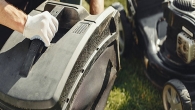

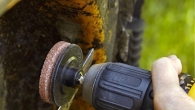
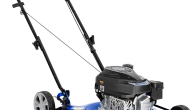
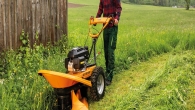
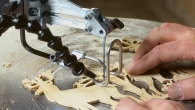
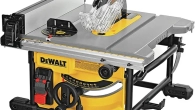
Leave a Reply